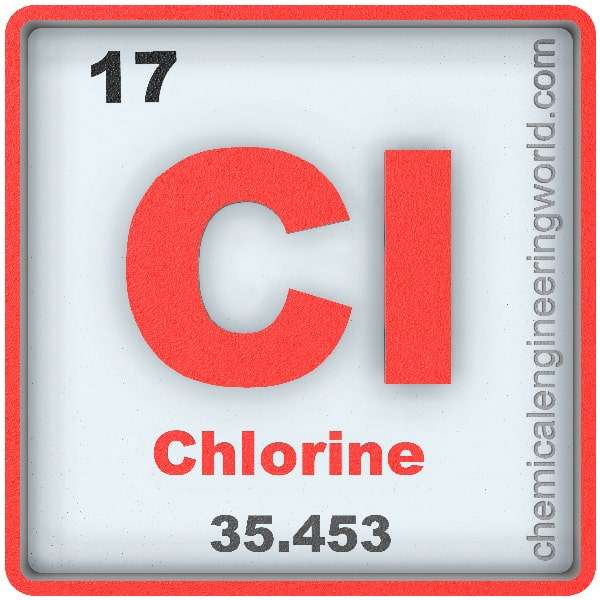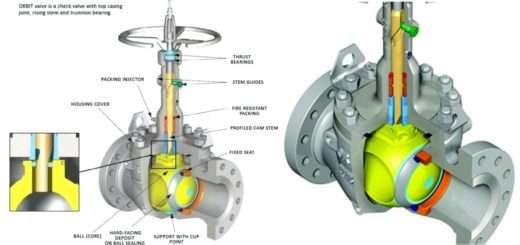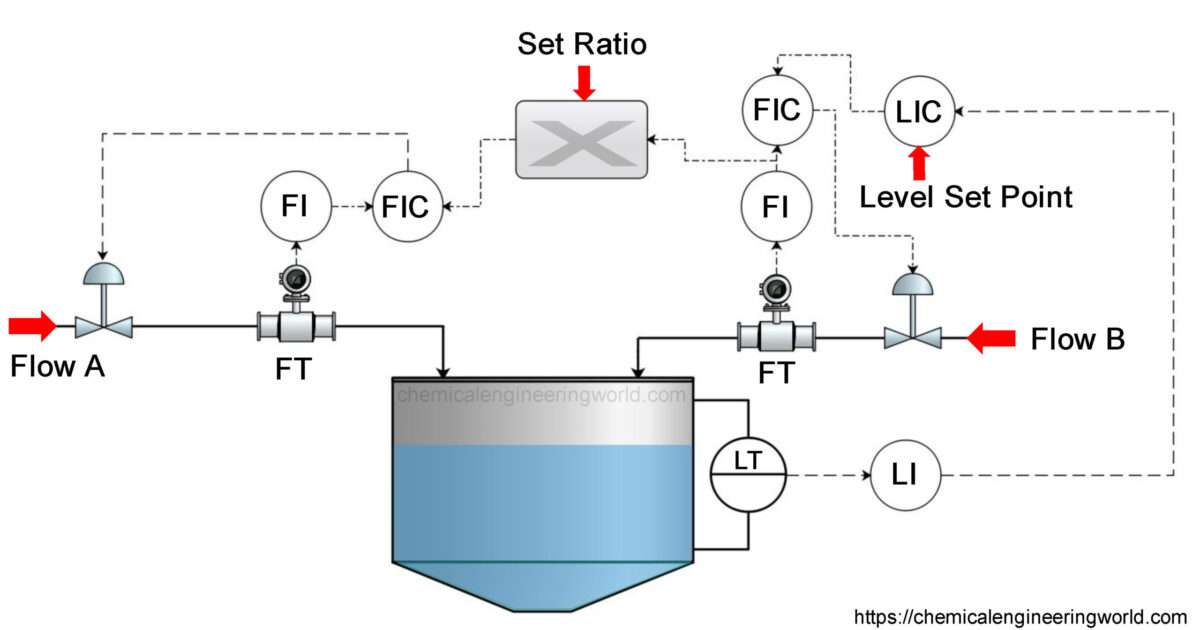Chlorine Element Properties and Information

Chlorine Element Properties and Information:
Chlorine is seventeenth element on the periodic table. Elements are arranged in the periodic table on the basis of the atomic number. Atomic number is the number of protons in the nucleus of the atom. Chlorine has an atomic number of 17. It is located in the Group 17 and Period 3 of the periodic table of elements. It is denoted by Cl. The name is derived from the Greek word ‘Chloros’ which means Greenish Yellow.
Carl Wilhelm Scheele was the first to separate the chlorine gas by heating hydrochloric acid with pyrolusite mineral which is a manganese dioxide in 1774. Humphry Davy investigated chlorine from 1807 and was the first person to announce in 1810 that chlorine is an element.
Chlorine is the twenty-first most abundant element in the earth’s crust and is found on earth only in combined form. Halite is the main mineral mined for chlorine, halite is essentially sodium chloride. Other minerals which are mined for chlorine are carnallite and sylvite. Chlorine is the second most abundant halogen after fluorine.
Physical Properties:
- Chlorine is a yellow-green dense gas with choking smell.
- The atomic mass of chlorine is 35.453
- The melting point of chlorine is -101°C
- The boiling point of chlorine is -34.6°C
- The density of chlorine is 3.21 in S.I. units at 20°C
- Chlorine has two stable isotopes; chlorine-35 and chlorine-37. Chlorine-35 makes up to 76% of total chlorine.
Chemical Properties:
- Chlorine is a very reactive gas and a strong oxidising agent.
- Among all the elements, chlorine has highest electron affinity.
- Among all the elements, chlorine has third highest electronegativity after oxygen and fluorine.
Methods of Production:
- Chloralkali process: Most of the chlorine gas available commercially is produced by chloralkali process. It is electrolysis of sodium chloride dissolved in water. Along with chlorine gas, hydrogen gas is also produced using this method. Chlorine forms at anode and hydrogen forms at cathode. An asbestos diaphragm separates both gases from intermixing.
Relevance in Chemical and Related Industries:
- Chemical industries: About 15000 compounds containing chlorine are traded worldwide. Some of the most important compounds are chlorinated methane, chlorinated ethane, vinyl chlorides, PVC, aluminium trichloride. Among all the chlorine produced; 63% of them is used to manufacture organic compounds and 18% is used to manufacture inorganic compounds. Some of the most important organic chlorine compounds are methyl chloride, methylene chloride, trichloroethane, perchloroethane, allyl chloride, chlorobenzene, dichlorobenzene, trichlorobenzene, etc.
Relevance in Other Industries:
- Disinfectants: About 19% of the total chlorine produced finds use as disinfectants and bleaching products. Chlorinated lime and soda solutions have been advocated for use since 1828 to prevent infection in the wounded areas. During the Paris cholera outbreak in 1832, chlorine gas was dissolved in water to form sodium hypochlorite; this was used as disinfectants and worked very well.
- Weapon: Chlorine gas was first used as a weapon in 1915 during World War I. It was known as bertholite, it tasted metallic and stung the back of the throat and chest.
Health Effects on Exposure:
- Toxicity: The toxicity of chlorine comes from its oxidising abilities. At high concentrations, the chlorine reacts with the water inside the body to form hydrochloric acid and hypochlorous acid.
- Inhalation: Inhaling low concentrations of chlorine gas irritates the eyes and aggravates any respiratory condition, it causes coughing and vomitting. At high concentrations it causes lung damage and can be fatal.
Effects on Surroundings:
- Accumulation: Chlorine is heavier than air thus if there is any poorly ventilated area, chlorine will displace the air in that area and accumulate there. Inhaling the air-chlorine mixture will cause health problem to individuals around that area.
- Reactivity: When chlorine mixes with water, it immediately reacts with water or minerals present in water to form chlorine compounds. This is harmful for the life inside the water body. Chlorine also affects the efficiency of soil by accumulating and reacting with the water in the soil.
- Animals: Repeated exposure of chlorine from air or especially from drinking water affects the immune system, blood, heart, and the respiratory system.
References:































